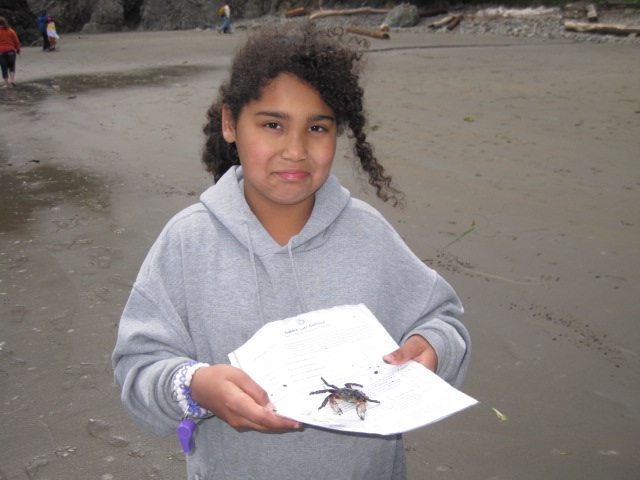America’s Cup settlement to aid bird populations
By GGBA Staff
We’re delighted to share the news that San Francisco Mayor Ed Lee has signed an America’s Cup settlement agreement that will provide benefits to Bay Area bird populations, both during the world-famous yachting event and in years to come.
Golden Gate Bird Alliance was among several community groups that appealed the environmental impact report for the 2013 America’s Cup.
We were concerned about impacts to birds, especially birds on the open water of the Bay and the threatened Snowy Plovers at Crissy Field.
Among many other provisions, this settlement will provide $150,000 for a three-year study of the impacts of disturbances to birds on the Bay, including disturbances from boating activities.
The city also agreed to abandon plans for a floating Jumbotron video screen in the waters of Aquatic Park lagoon, which is good news for swimmers and recreational users as well as wildlife in the area.
Meanwhile, in parallel talks, event organizers have promised to cordon off and provide monitors around the Snowy Plover area at Crissy Field, to prevent America’s Cup spectators from disturbing those at-risk birds. Similar steps are being taken at other ecologically sensitive sites.
The Bay Area is a site of international significance for shorebirds and contains many Audubon Important Bird Areas, including the open waters. Particularly in winter, the Bay draws large populations of feeding and resting birds such as Double-crested Cormorants, Greater and Lesser Scaup, Buffleheads, Surf Scoters, Western Gulls and several kinds of grebes.
These “rafting” birds rely on the Bay to nourish and reenergize them for future migrations and breeding. Yet there’s much less Bay today than there used to be: Ninety percent of its wetlands and forty percent of its surface water have been lost to landfill and development since 1850. The remaining open water is heavily used by boats, which can flush rafting birds from as far away as 100 to 500 meters.
The environmental impact report for the America’s Cup estimated that race events will draw about 1,800 spectator boats carrying 18,000 passengers on the open waters of the Bay. Even more spectators will line the Bay at various viewing sites.
Now, as part of the settlement agreement, the U.S. Geological Survey will conduct studies before, during and after the America’s Cup to determine how boating activity affects bird populations on the Bay. These surveys will provide baseline data to guide future special events involving the Bay, and will help us protect birds from both daily marine traffic and unforeseen disasters like the Cosco Busan oil spill.…










